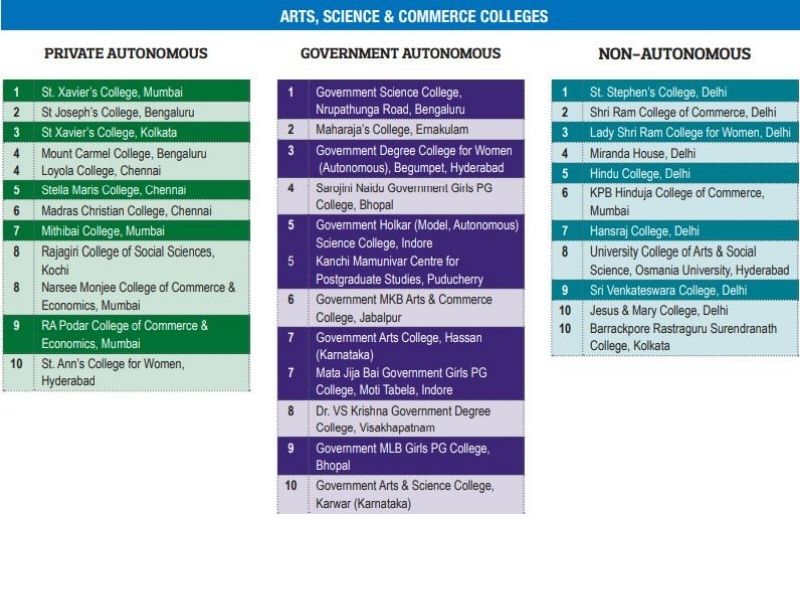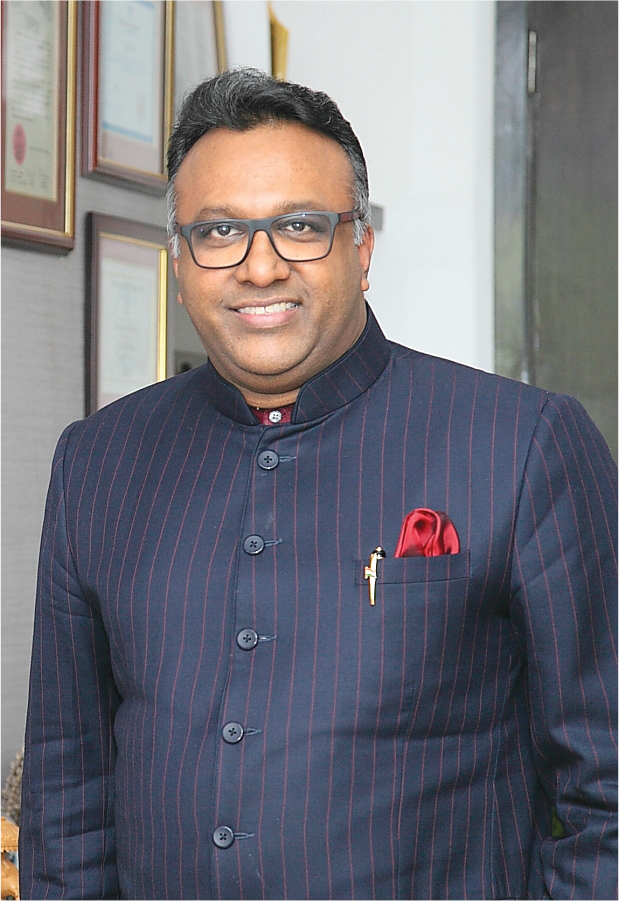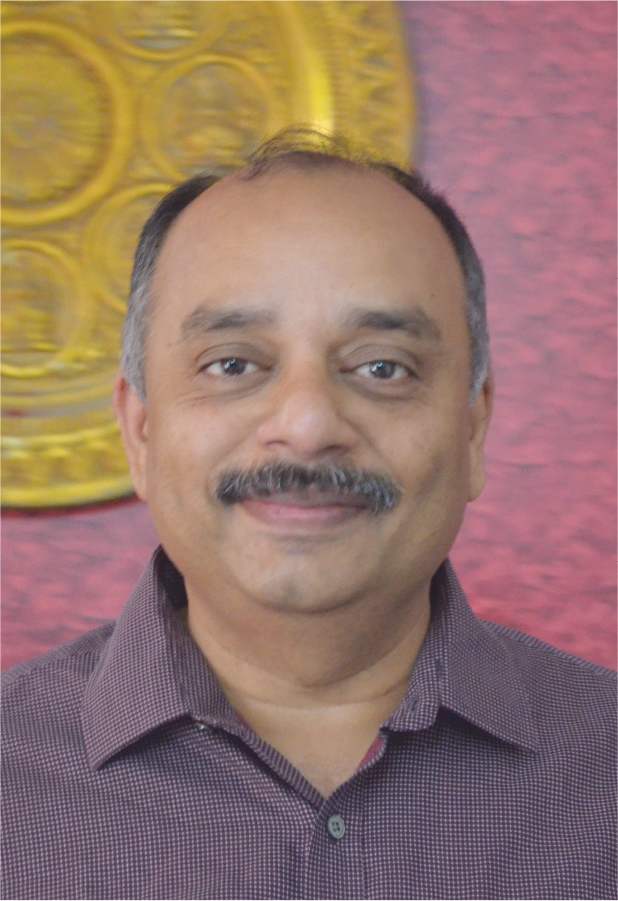 With admission into highly subsidised top tier Centrally funded universities and elite IITs, IIMs, NITs, likely to become more difficult because of loss of learning in the pandemic year, the next option is best private colleges and universities which provide near equivalent higher education – Dilip Thakore writes about EW India Higher Education Rankings 2021-22.
With admission into highly subsidised top tier Centrally funded universities and elite IITs, IIMs, NITs, likely to become more difficult because of loss of learning in the pandemic year, the next option is best private colleges and universities which provide near equivalent higher education – Dilip Thakore writes about EW India Higher Education Rankings 2021-22.
With schools, colleges and all education institutions having suffered unprecedented lockdown conditions for over a year since mid-March 2020 because of the Covid-19 pandemic, and date of school-leaving class XII exams still uncertain, admission into undergraduate colleges is an issue clouded with uncertainty for the estimated 16 million children in higher secondary education.
If at all class XII board exams are held within the next three months, they are likely to lack the rigour of previous years. Ditto for students in undergrad programmes pressing on for higher studies. What all this portends for the future of India’s higher education institutions, the Indian economy and already low-productivity India Inc, is a matter for grim speculation for which the country’s neta-babu brotherhood with a stranglehold on Indian education — especially higher education — has little time.
Nevertheless, it’s clear that admission into the country’s few hundred top-ranked colleges and elite institutions such as the IITs, IIMs, NITs is likely to become more difficult than ever because most of them demand sky-high cut-offs in higher secondary school-leaving examinations or high scores in rigorous entrance exams. Therefore with admission into relatively qualitative, subsidised public institutions restricted to a fraction of school and college leavers, the next best option for the vast majority is the country’s top-ranked private colleges and universities which tend to provide near equivalent higher education, albeit at relatively high tuition prices.
Indeed informed public and academic opinion is almost unanimous that the country’s 25,375 private colleges and universities that educate 70 percent of youth in higher education, provide better academic programmes, faculty and infrastructure than state government institutions filled with ill-qualified faculty, whose prime qualifications are caste and kinship ties with state politicians and bureaucrats. Therefore, since 2013 EducationWorld has been commissioning nationwide surveys to evaluate and rank the country’s best privately-promoted colleges and universities to enable school leavers and undergrads to choose higher education institutions that don’t receive adequate coverage and examination in mainstream media.

JGU’s Raj Kumar: important service
“Rankings are a very important service for promoting institutional excellence and improving quality of teaching, learning and research. They also facilitate international collaborations and perhaps most important, enable students to make informed choices for attaining their academic aspirations. They also motivate education institutions to formulate sound policies and develop robust teaching and research ecosystems. Reliable and credible institutional ranking league tables provide students diverse and transparent information to make study choices based on parameters of their interest,” opines Dr. C. Raj Kumar, founding vice chancellor of the new genre privately-promoted O.P. Jindal Global University, Sonipat (JGU, estb.2009).
Evidently Dr. Raj Kumar, an alum of Delhi, Oxford and Harvard universities, is totally convinced about the vital importance of academic rankings. JGU has established a dedicated Office of Rankings, Benchmarking and Institutional Transformation headed by two deans of the university to monitor and continuously recommend ways and means to improve JGU’s rank in global and domestic varsity surveys.
These efforts have borne fruit. The highly reputed London-based agency Quacquarelli Symonds (QS) has ranked JGU India’s #1 private university in its WUR (World University Rankings) 2020-21 and among the world’s top 750 universities below 50 years vintage. Moreover, the Union education ministry has designated it an Institute of Eminence.
Likewise, your editors are also wholly convinced about the institutional and societal benefits of competitive league tables that evaluate and rank education institutions. Since 2007, EducationWorld has been publishing extensive league tables ranking education institutions across the spectrum, from preschools to universities. In the process, EW’s annual preschools and primary-secondary schools surveys have evolved into the largest and most comprehensive schools ranking league tables worldwide.
Initially, the EducationWorld India Higher Education Rankings (EWIHER) rated and ranked only private institutions because several print magazines were already publishing college and university rankings dominated by well-resourced and heavily subsidised Centrally-funded colleges and universities. However in 2019 in a departure from tradition, we expanded our survey of higher ed institutions to include the best government supported (‘aided’) and government-owned institutions as well.
In EWIHER 2021-22, all arts, science and commerce (ASC) colleges are evaluated on five common parameters of collegiate excellence, viz, competence of faculty, faculty welfare and development, curriculum and pedagogy, placement record, infrastructure and leadership/management quality. The scores awarded by 3,956 academically informed sample respondents to private autonomous, government autonomous (as classified by the University Grants Commission) — as also the country’s Top 100 non-autonomous and engineering colleges (separately ranked under nine parameters) — under each parameter were totalled to rank colleges in discrete categories and eliminate apples and oranges type comparisons.

Palety: Digital media survey
This year’s survey of India’s most respected arts, science and commerce colleges was conducted using a structured questionnaire administered through digital media, because of travel restrictions mandated by the Covid-19 pandemic. Our field researchers interviewed 1,823 selected faculty and 2,133 final year students of colleges across the country and asked them to rate ASC institutions with which they are familiar under six parameters of higher education excellence. The scores awarded by them on a ten point scale — later multiplied by ten — on these parameters were totalled to rank institutions in separate categories. Scores awarded by respondents to their own institutions were disregarded and colleges rated by less than 25 sample respondents are not listed,” says Premchand Palety, promoter-CEO of the Delhi-based Centre for Forecasting & Research Pvt. Ltd (C fore. estb.2000) which has conducted this publication’s annual ranking surveys ab initio.
An alumnus of Punjab Engineering College, Chandigarh and the FORE School of Management, Delhi, Palety served as a senior manager with ORG (Organisation & Research Group) — India’s pioneer retail market research company — prior to going solo in the new millennium and promoting C fore two decades ago. This company’s major clients include Nestle, Mint and the Congress party.
Before a reading of the league tables in the pages following, an explanatory comment on autonomous and non-autonomous colleges is necessary for better understanding of the sui generis league tables presented by EducationWorld.
In 1956, the Delhi-based University Grants Commission (UGC) was established to monitor, regulate, supervise and subsidise all non-technical higher education institutions countrywide. Under its charter it was empowered to fund all Central government universities, and to award discretionary project grants to state government universities. In the Union budget 2021-22 the Centre’s financial allocation to enable the commission to discharge its charter is Rs.4,693 crore.
Similarly in 1987, a separate and autonomous All India Council for Technical Education (AICTE) was established to monitor, regulate, supervise and accredit engineering colleges, technical institutes and business management institutions. However, the blue-chip IITs, IIMs and NITs, IIITs were established by separate Acts of Parliament and excluded from the supervisory and regulatory purview of AICTE.
Moreover under s.12 and s.26 of the UGC Act, 1956, the commission is empowered to issue rules/guidelines to non-technical colleges/universities for the maintenance of standards. Under the University Grants Commission (Conferment of Autonomous Status upon Colleges and Measures for Maintenance of Standards in Autonomous Colleges) Regulations, the commission is empowered to confer academic autonomy on high performance colleges.
Unlike non-autonomous colleges which are tied to the apron strings of their affiliating universities, autonomous colleges are permitted to design their own syllabuses and curriculums, introduce new study programmes, conduct examinations and have the freedom to prescribe rules for admission in consonance with the reservation policy of the state government/ national policy, and independently prescribe tuition fees.
They can also constitute their own academic councils, board of studies and finance committees and shall have “complete administrative autonomy and the privilege of appointing their own administrative staff and teaching faculty including principal”. Under s.3, UGC also has the power to confer autonomy upon high performance private ‘deemed-to-be universities’ which are also fully autonomous, except that they are prohibited from affiliating colleges, a privilege (irrationally) restricted to public universities.
However, UGC prescribes stiff conditions for awarding colleges and universities autonomous status. Applicant colleges must be of more than ten years standing and “accredited by either NAAC (National Assessment and Accreditation Council) with minimum ‘A’ Grade or by NBA (National Board of Accreditation of the All India Council for Technical Education) for at least three programme(s) or be awarded autonomy by a corresponding accreditation grade/score from a UGC empanelled accreditation agency”. Unsurprisingly, only 827 colleges out of the country’s 39,931 colleges have been awarded autonomous status by UGC (March 31, 2021).
Thus over the past seven decades government has established an almost complete stranglehold over higher education in India. Unsurprisingly, none of India’s reportedly 39,931 colleges and 979 universities — some of them of over 150 years vintage — are ranked in the Top 200 global league tables of Quacquarelli Symonds (QS) or Times Higher Education, the authoritative London-based agencies which rank universities worldwide. It’s against this backdrop that India’s bright-eyed school-leavers have to carefully choose the best of a bad lot undergrad colleges most suitable to develop the cognitive skills required for success in the increasingly complex 21st century workplaces. We hope our league tables presented in the following pages will aid and enable them to make this difficult but critically important choice.
A parallel objective of these league tables is to enable college administrations to reflect upon their relative strengths and weaknesses and to ad[1]dress them to raise teaching-learning standards to global levels.
In this issue we present league tables ranking the country’s best private autonomous, government autonomous and non-autonomous colleges, and Top 100 private engineering colleges. Our June issue will feature the Top 300 private and government universities, and Top 100 private B-schools.
Also read:


























